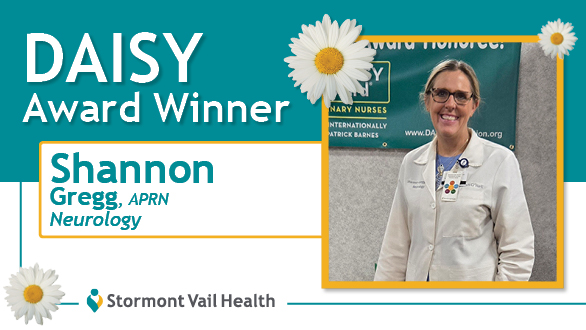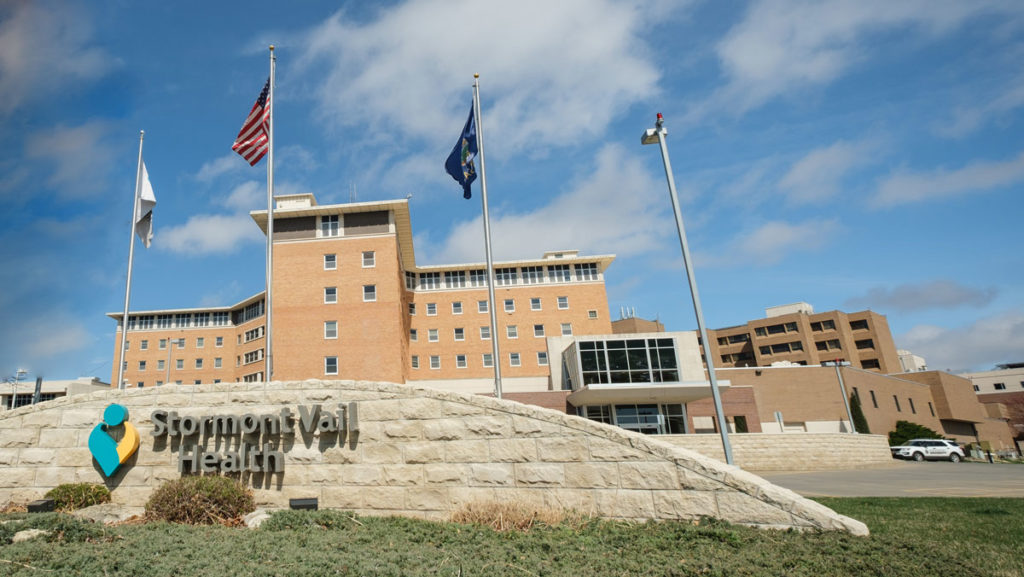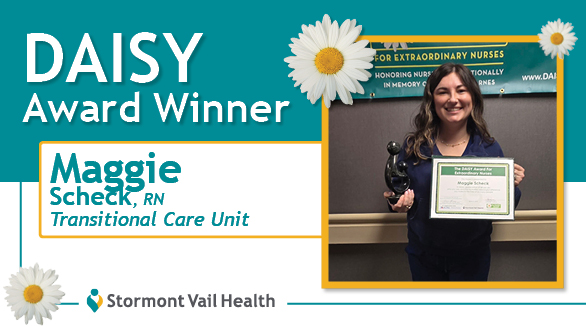Newsworthy
“Testing” Limits – The Lab Team that Goes Above and Beyond
Every year, the Stormont Vail Health Laboratory performs more than 3.8 million lab tests. You’re probably thinking, “Wow! That’s a lot. I wonder how they do that.” Well, we are able to perform at that high caliber because we have four full-service labs, 2 specialty clinic draw centers, seven walk-in lab service centers, and most importantly, we have teammates who love what they do and love doing it together. It would be hard to find another lab that has a team this dedicated to, and excited about, their work. The laboratory team consists of phlebotomists, specimen processors, medical laboratory scientists and technicians, laboratory information systems, laboratory compliance, histologists and cytotechnologists. Each of these roles have a big name and an even bigger responsibility to give our patients quality care.
Behind the scenes, the diverse lab specialists and pathologists dedicate their time and energy into finding out what the naked eye cannot.
“It’s important that the different departments are able to talk to each other and really work together,” said Heather Abrams, Laboratory Office Supervisor. “It’s about knowing how to communicate and know where specimens are and how to process them. There are a lot of processes we do every day that we know we will have to do, but there are other things that require research like specialty testing. So, I really like that aspect of it; kind of not knowing if there’s going to be something weird today or not!”
Pre-Analytical Services includes specimen processing, lab client services, and phlebotomy. Alongside other duties, client services handles specimen integrity and abnormal result phone calls as well as ensuring locations receive their lab results in a timely manner. Pre-Analytical services are also responsible for the morgue and ensuring that the patient and their belongings are handled with dignity and care when traveling on to their next destination.
In addition to doing blood collection throughout the hospital, phlebotomists, like Tiffany, perform blood collections in post-acute settings like nursing homes and rehabilitation facilities, allowing for opportunities to meet a large array of patients. “My favorite part of working in the lab, as a phlebotomist, is coming in contact with all of the different kinds of patients and gaining experience with ages ranging from newborn babies to 112 years old,” explained Tiffany Bayless.
Not only do phlebotomists perform blood collections, but they respond to team activations for traumas, code blues, strokes, and massive transfusions. Phlebotomy is a career pathway by itself, but also serves as a stepping-stone to other healthcare careers; there are many nurses working at Stormont Vail Health who got their start in health care by being a phlebotomist!
Medical Laboratory Scientists (MLS) and Technicians (MLT) are highly trained in the field of laboratory medicine. MLS/MLT team members perform high-complexity testing and utilize their education to aid the patient care team in diagnosis. The work can vary from calibrating instruments, identifying potential leukemia cell lines, determining blood product compatibility, and identifying microorganisms, to name a few.
Other teams within the lab include laboratory information systems, the point of care team, and laboratory compliance. The information systems team is made up of IT professionals and clinical laboratory scientists. They work to build an efficient and easy-to-use interface between clinical staff, the laboratory, and our patients. The point of care team is in charge of training and maintaining competency for select laboratory staff as well as nursing staff and currently oversees 2000+ Point of Care users across the organization. Lab Compliance is responsible for reviewing patient’s comprehensive data set in the registration system, completing electronic insurance verifications, identifying managed care issues, and referring as appropriate for resolution. They also dedicate time to ensure that charges to third-party payors are accurate, fair, and in compliance with federal and state laws and much more.
Histologists and cytotechnologists, specimen processors, and pathologists make up the anatomic pathology (AP) team. There are four steps for every specimen once it is received in the AP lab: Accessioning (receiving the specimen and placing in correct beaker), the Macroscopic Examination, Processing (preparing a slide specimen for microscopic analysis), and Interpretation by the pathologists. The anatomic pathology laboratory processes and handles many types of tissue and body fluid specimens for eventual diagnosis.
“My favorite thing about the lab is the diversity in people,” explained Heather. “Everyone brings their own background and point of view, which can be helpful if there is an issue we are trying to resolve. Really, just the people in general are the best to work with.”
Stormont Vail is proud to have a lab filled with such a range in talents and knowledge. This team goes above and beyond to help us reach our goal: to offer the best in care to our community.



